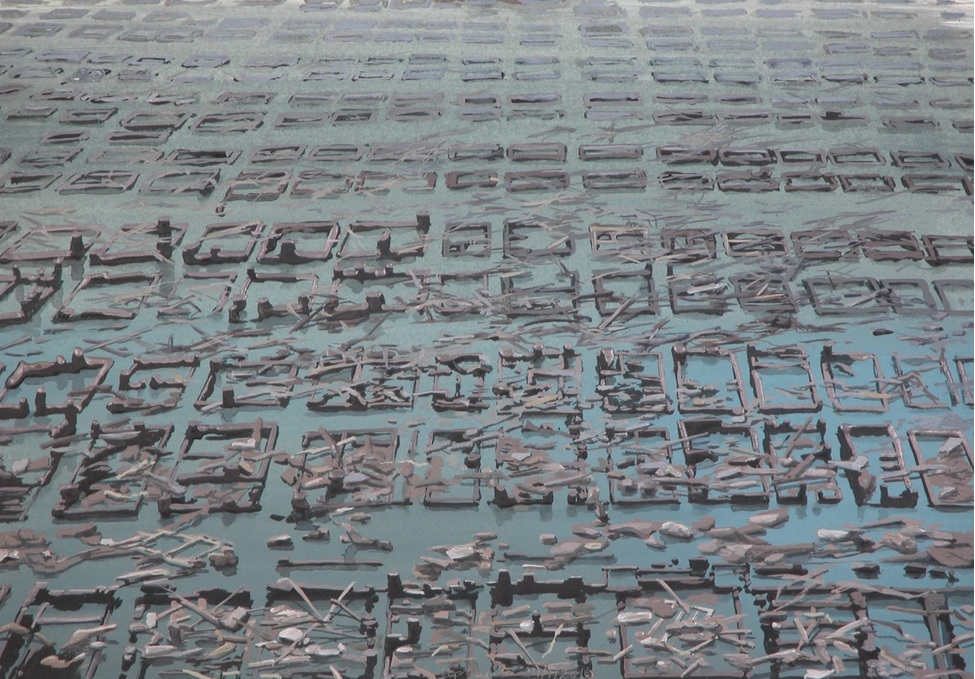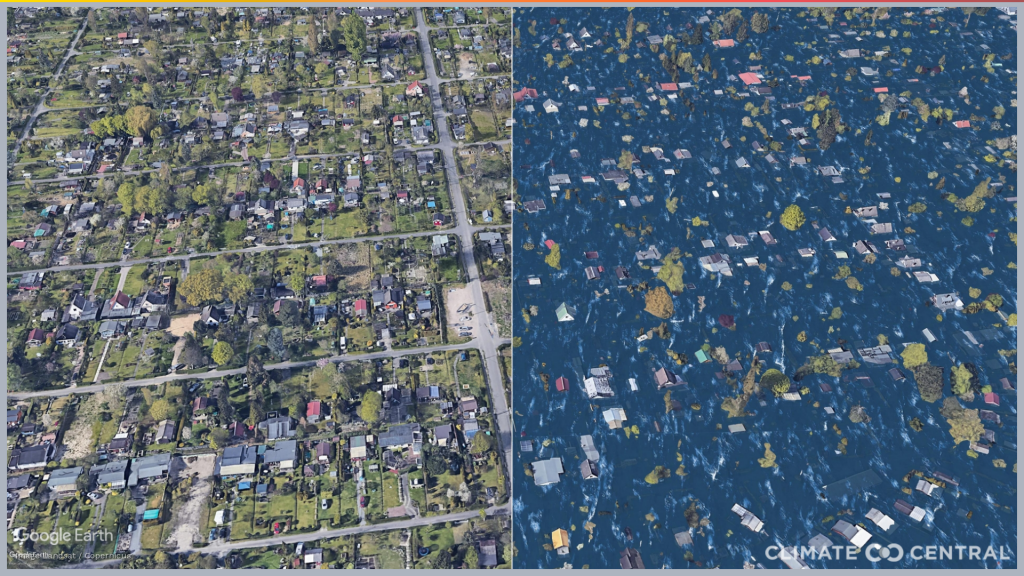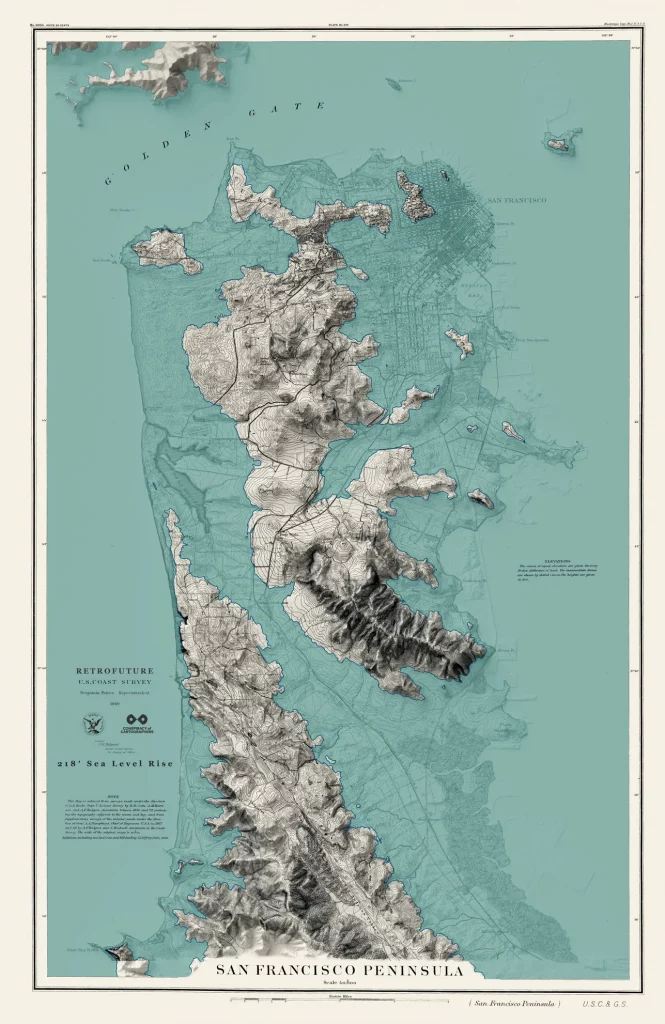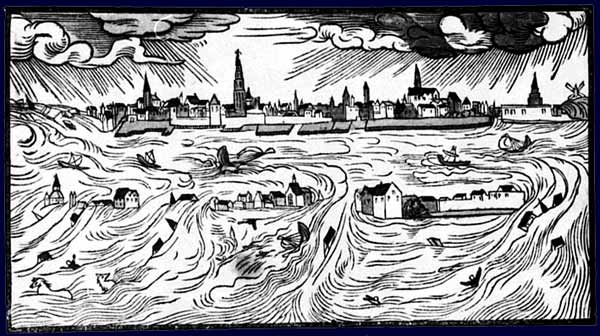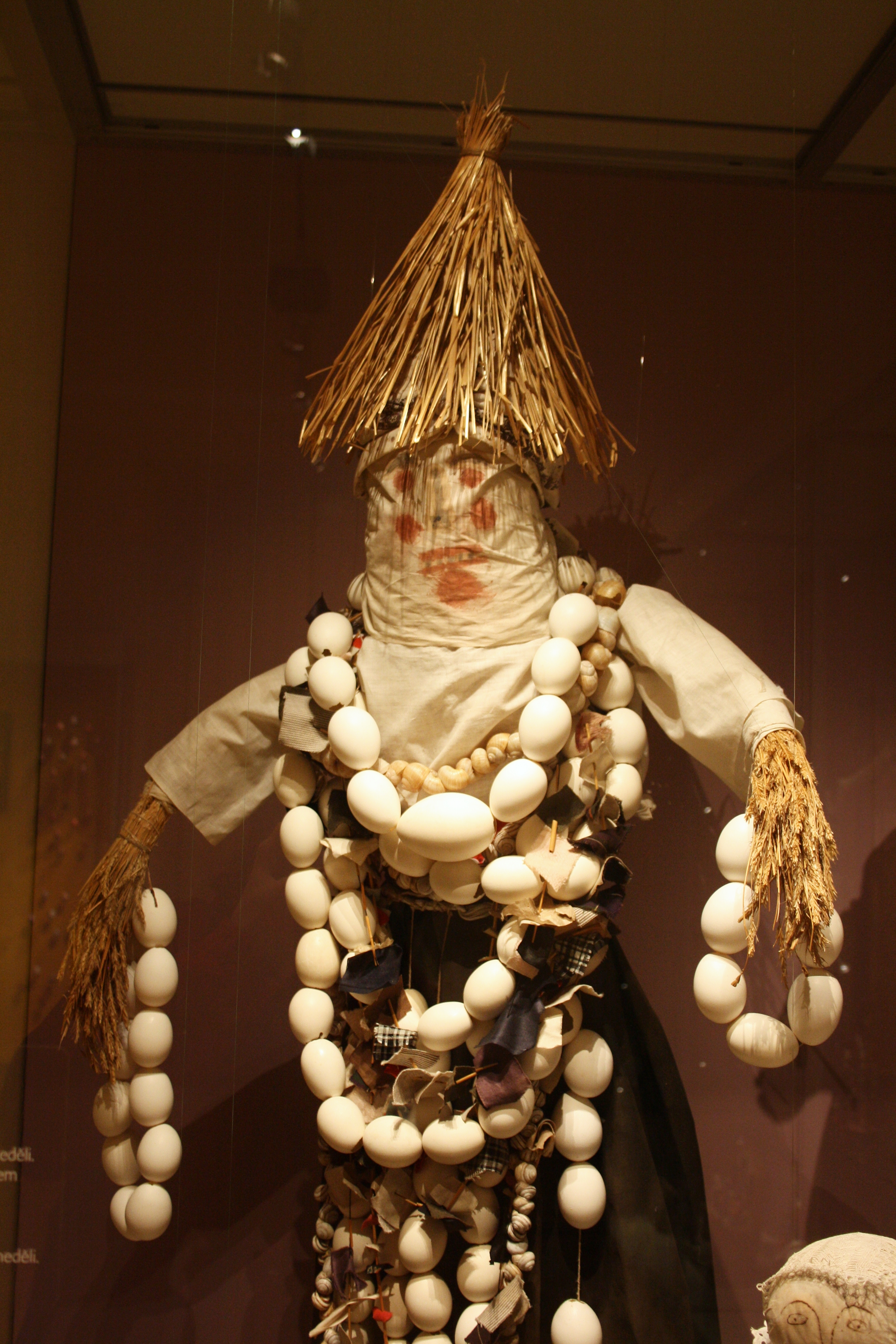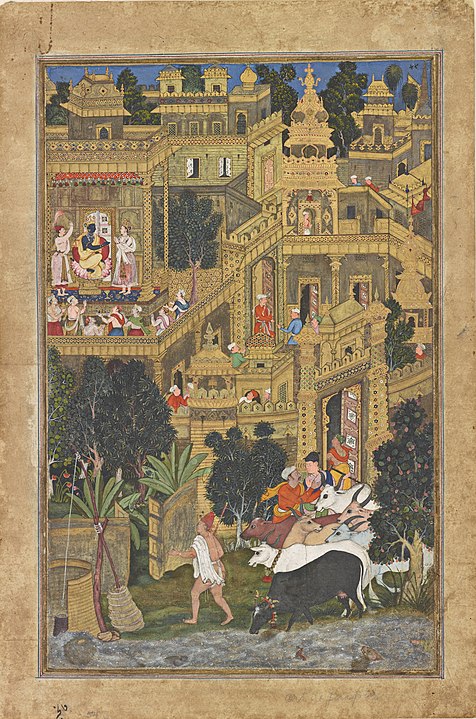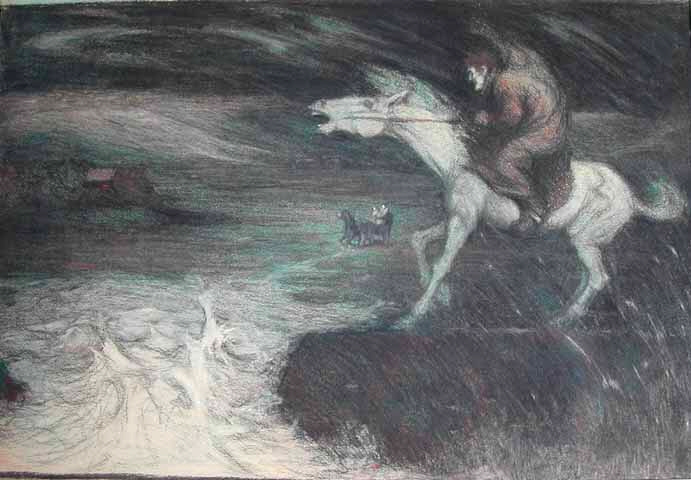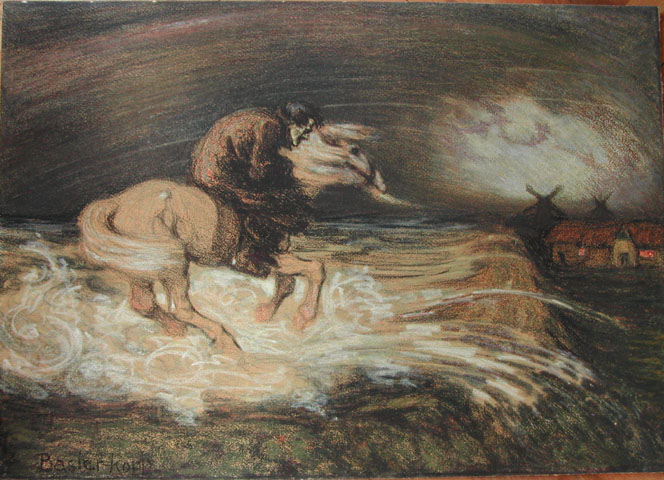German annalist and farmer Peter Sax (1597 – 1662) wrote about the North Sea flood of October 11th 1634: „Um sechs Uhr am abend fing Gott der Herr aus dem Osten mit Wind und Regen zu wettern, um sieben wendete er den Wind nach dem Südwesten und ließ ihn so stark wehen, daß fast kein Menschen gehen oder stehen konnte, um acht und neun waren alle Deiche schon zerschlagen […] Gott der Herr ließ donnern, regnen, hageln, blitzen und den Wind so kräftig wehen, daß die Grundfeste der Erde sich bewegten […] um zehn Uhr war alles geschehen.“
Translation: “…at six o’clock at night the Lord God began to fulminate with wind and rain from the east; at seven He turned the wind to the southwest and let it blow so strong that hardly any man could walk or stand; at eight and nine all dikes were already smitten… The Lord God [sent] thunder, rain, hail lightning and such a powerful wind that the Earth’s foundation was shaken… at ten o’clock everything was over.”


